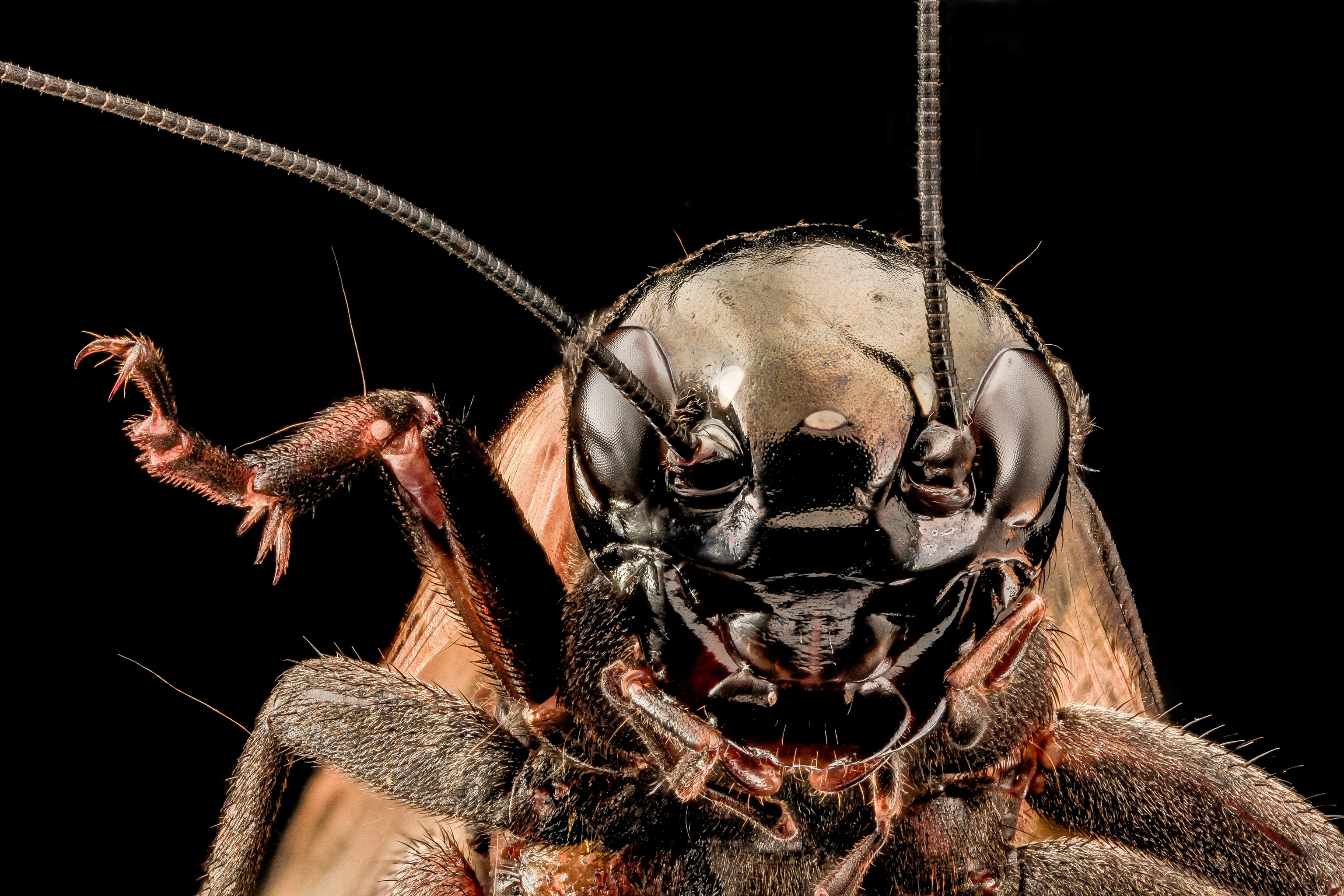
The Startling Evolution of a Love Song
Crickets are known for their loud chirping songs, which males use to attract females, and which hecklers use to point out failed jokes. Typically, these songs are low-pitched enough for us to hear, but one group of crickets—the lebinthines—produce high-pitched melodies that lie beyond the range of our ears. To us, they sound mute. To other crickets, they sound… maybe a bit like bats?
The lebinthines’ calls lie in the same frequency range as the sonar squeaks of predatory bats. Most species of cricket would flee if they heard such sounds, so why on earth would the male lebinthines use them to try and attract females? Hannah ter Hofstede and Stefan Schöneich have now solved the mystery, and it’s a wonderful story of exploitation, mixed signals, and evolution at its messy, creative best.
Ter Hofstede and Schöneich began by showing that the lebinthines practice an unusual style of courtship. In most crickets, the females walk towards the siren songs of the males, who call from the same fixed spot. But females lebinthines react to male songs by freezing and twitching, creating distinctive vibrations that their suitors can then follow. In these insects, the females stay put, while the males go walkabout.
The females’ twitching movements are somewhat similar to the “acoustic startle reflex”—a rapid jerking and freezing movement that other crickets make when they hear the high-pitched calls of bats. Indeed, sounds with the same frequency as a male lebinthine’s call will trigger a startle reflex in many female crickets; but in lebinthine females, those same frequencies trigger the vibrational reply.
Ter Hofstede and Schöneich found signs of these differences in the insect’s neurons too. In crickets, two neurons connect the “ears” in their legs to their brains: One is tuned to male calls, while the other detects the higher-pitched sounds of bats. But in lebinthines, both of these neurons are tuned to high pitches.
This looks like an example of sensory exploitation, in which new forms of animal communication evolve by tapping into pre-existing biases. For example, male guppy fish might evolve orange patterns to exploit a female’s fondness for orange fruits. And in the case of the crickets, the males exploited the females’ startle reflex by producing courtship calls that included the same frequencies.
Why? Because startled crickets produce vibrations that give away their presence. Originally, lebinthine males might have been drawn to these vibrations because they were trying to find females before their competitors did. Over time, they came to trigger the vibrations themselves by increasing the high-pitched portion of their calls. And eventually, the females evolved their own signal, losing their startle reflex entirely and instead making a milder “vibrational reply”. A new channel of communication was born, between amorous males and startled females.
